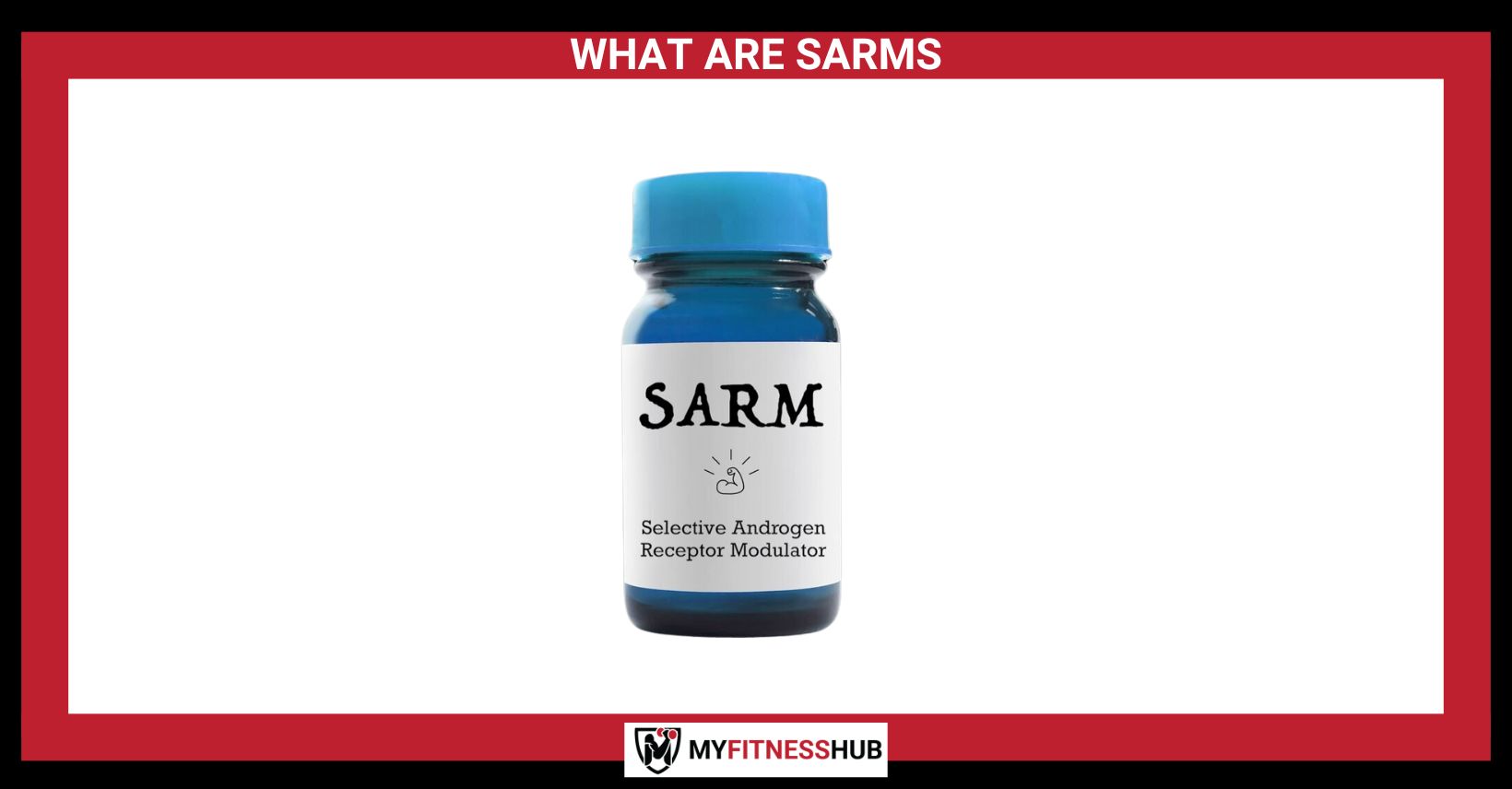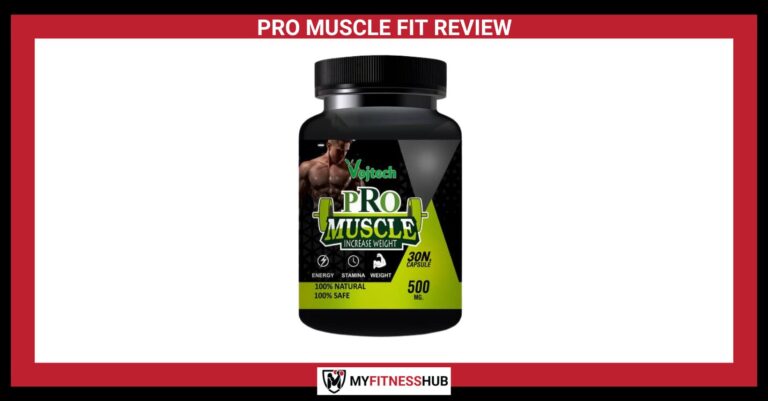WHAT ARE SARMS? Understanding Their Use, Legality, and Risks
SARMs are a fairly new addition to the world of exercise supplements, but not many people are actually aware of what they are, how they’re supposed to be used or what their actual benefits are. You don’t want to be putting unusual chemicals into your body without understanding what they actually do, so here’s a run-down of everything you need to know.
ABOUT SARMS
For of all, what are SARMs, exactly? SARMs stands for Selective Androgen Receptor Modulators, which is actually an exact description of what they do. Selective Androgen Receptor Modulators are designed to selectively seek out your body’s androgen receptor points and bind to it. The “Modulators” part of the term “Selective Androgen Receptor Modulators” refers to the fact that it alters how they work in a directed way, rather than applying to random places in your body. Unlike anabolic steroids, which help you build muscle and get stronger but can also randomly trigger different bad side effects, a SARM is engineered to cause the effects related to the bit of the body it’s targeting.
In a way, this makes SARMs a safer and less dangerous version of regular anabolic steroids, offering the same kind of positive effects and benefits without all the risk of taking an unregulated, unpredictable dosage of steroids that may or may not actually affect the body part you’re expecting.
Like normal steroids, SARMs are also used in medical situations or as way to treat small diseases and illnesses, as well as help people with weak muscles from previous medical conditions regain their strength faster. Using SARMs like this has become more and more common as supplements get increasing useful and varied, and products containing SARMs are already widespread among both professional and personal markets.
AREN’T THEY STEROIDS?
While Selective Androgen Receptor Modulators (SARMs) and steroids are both classed as supplements, they aren’t actually the same thing. They offer the same benefits and have many of the same side effects, but they’re designed in different ways and are still functionally quite different from one another, even if they might seem the same at first.
The main difference between SARMs and steroids is the way they apply to your body. Since they’re are targeted and act as modulators, SARMs have a specific purpose that they’re meant to achieve, like boosting muscle growth rates or giving your body more stamina. In contrast, steroids focus on your entire body and have a general purpose role, meaning that they’re much less predictable substances.
This is why SARMs are generally marketed as a more legal, safer and easier to use than regular steroids: regardless of their ingredients, they’re focused on being more direct, less vague and far less dangerous to your health, since the side effects are kept to a minimum and can only appear in places containing SARMs to begin with. As a side note, the dosages are also generally lower and not as concentrated, so it’s much harder to accidentally overdose on them or use too much at once.
WHAT ARE SARMS FOR?
Although they’re known for muscle building, SARMs can have various different roles. The most obvious is for helping you gain muscle mass, which can be used alongside regular exercise to make your workouts leave a much more noticeable impression. This generally also means that they stimulate muscle growth and improve your overall level of strength, which makes them a popular choice for bodybuilders: but, unlike steroids, the effects are more subtle and don’t give you an incredibly muscular body unless you’re using SARMs constantly and increasing your dosage more than normal.
They can also work well as a supplement for keeping your muscle mass once you’ve gained it, which makes it a great dietary supplement: if you’re cutting down how much food you eat, your body will normally start to use your muscles as fuel, but the right SARMs can stop this and stop you from losing as much weight in your muscular areas. Unlike many dietary supplements, they don’t usually directly affect your food intake: you can use a SARM as a dietary supplement and still keep your usual appetite or meal plan.
Products containing SARMs are also sometimes used to help people recover from injuries and accidents, since the compounds improve muscle growth and reduce the chance of muscle loss from inactivity: if you’re in a state where you can’t keep up a fitness routine, either because of clinical issues or just because it wouldn’t be safe to exercise with a temporary injury, you’ll be able to keep most of your muscle mass.
ARE SARMS DANGEROUS?
The potential in most SARMs makes them a very useful option for a whole range of different purposes, but you want to practice proper safety while using them. Even a single SARM type used as a dietary supplement can have risks if it’s not used correctly, and this has made some areas class them as an illegal drug or a type of legal, but restricted, drugs, with only some countries making them fully approved.
If used incorrectly or in an unapproved way, SARMs can definitely be dangerous, just like anabolic steroids. Side effects can range from minor (hair loss and changes in appetite) to major (mild liver damage and an irritable personality) to extremely dangerous (physiological issues and issues with your circulatory system). The more you over-use SARMs, the more likely these issues will be to develop.
Many of the same side effects as steroids are present in most SARM types, also SARMs have the advantage of some major risk not being there at all: meaning that they’re still the better option, even if you’re over-using them. These issues will generally only happen if you use too many, so if you’re careful with using them as dietary supplements or a workout supplement, you’ll be okay. However, if you start consistently overusing the dietary supplements, you’re in trouble.
NOTABLE SIDE EFFECTS
Aside from the side effects mentioned earlier, there’s quite a few others that can suddenly manifest from SARM overuse. Heart strain is obvious, but there’s also things like hormone problems (suppressed testosterone in men whose bodies become reliant on SARMs, meaning that it doesn’t produce any when they stop, and increased testosterone in woman, giving them more masculine qualities like a permanently deeper voice). You could also lose your hair, suffer joint damages or even run into permanent androgenic effects.
The hormone changes might also alter sexual characteristics: men often have their testicles shrink and begin to develop small breasts due to sudden tissue growth, while women may notice their clitoris enlarging. Both sexes have a chance of becoming permanently infertile from SARM overuse, too, just like with steroids.
Speaking of steroids, even though SARMs are less intense, they can still cause the same reactions in your body if taken in extreme amounts. This means that overdosing to an absurd degree is very likely to cause death, especially if you’re taking other medicines or supplements at the same time. SARMs are safer, but they aren’t completely safe.
ARE THEY LEGAL?
Notably, SARMs aren’t fully legal in the US, or in many other countries. Most SARMs are banned by the World Anti-Doping Agency, but only when sold directly to a customer who plans to use them. They’re legal if purchased as research chemicals, which has been a common loophole that people used to get access to them.
Note that not all SARMs are banned by the Word Anti-Doping Agency, and they’re still often used for medical reasons or other non-recreational purposes (if you could call exercise a recreational use). Obviously, they’re banned in major sporting events, since any kind of unfair advantage is seen as cheating unless explicitly allowed by the rules or judges. However, if you’re not competing in a sport and can get them legally, it’s usually okay to take SARMs as long as you don’t do anything explicitly illegal with them.
In countries where SARMs are unapproved drugs, make sure you look into which ones are actually classed under that label. For example, Ostarine might be banned whereas Andarine might not be: they both have similar purposes, but aren’t the same thing, so certain places might restrict one and not the other.







